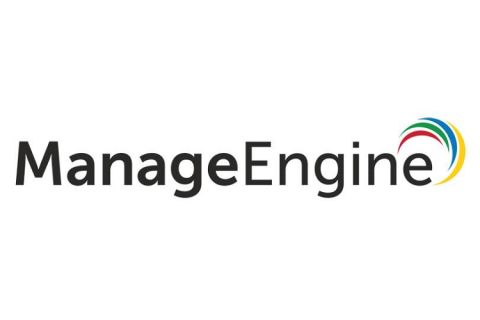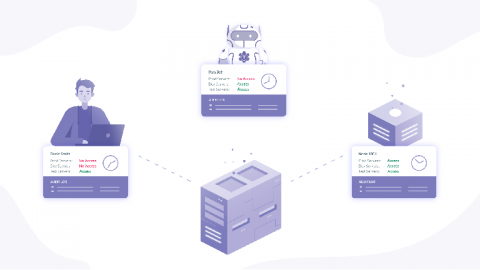What is Post-Quantum Cryptography?
As the technology advances and more business processes become digitalized each day, we seek new ways to protect our valuable data from prying eyes and cyber criminals. Post-quantum cryptography is one of these new ways. In this article, we will discuss what post-quantum cryptography is and why we will need it very soon.










